It’s very early Saturday morning in Mount Vernon, WA. Around 45 volunteers have gathered inside the Northwest Career and Technical Academy Building at Skagit Valley College, representing multiple sponsoring organizations including MEDEX Northwest Physician Assistant Training Program, UW School of Dentistry, Safe Harbor Free Clinic, Medical Teams International, Americorps and the local college.
Dr. Beatrice K. Gandara, DDS, addresses the group before the 40 or so patients arrive. “A lot of what we’ll do today is urgent care,” she explains to the volunteer dentists, dental hygienists, dental students and PA students in attendance.
Everyone there is prepared and understands their role in the free dental clinic.
On the ground level, Safe Harbor representatives check in the patients starting at 8:00 am. A free medical clinic based in Stanwood, WA, Safe Harbor has referred their neediest cases to this Saturday dental clinic.
From there, patients move upstairs to a makeshift medical clinic, where they’re seen by UW MEDEX Northwest physician assistant students and supervising faculty. Here the patients undergo a preliminary medical exam designed to flag any health issues that might affect dental treatment, e.g., hypertension or uncontrolled diabetes.
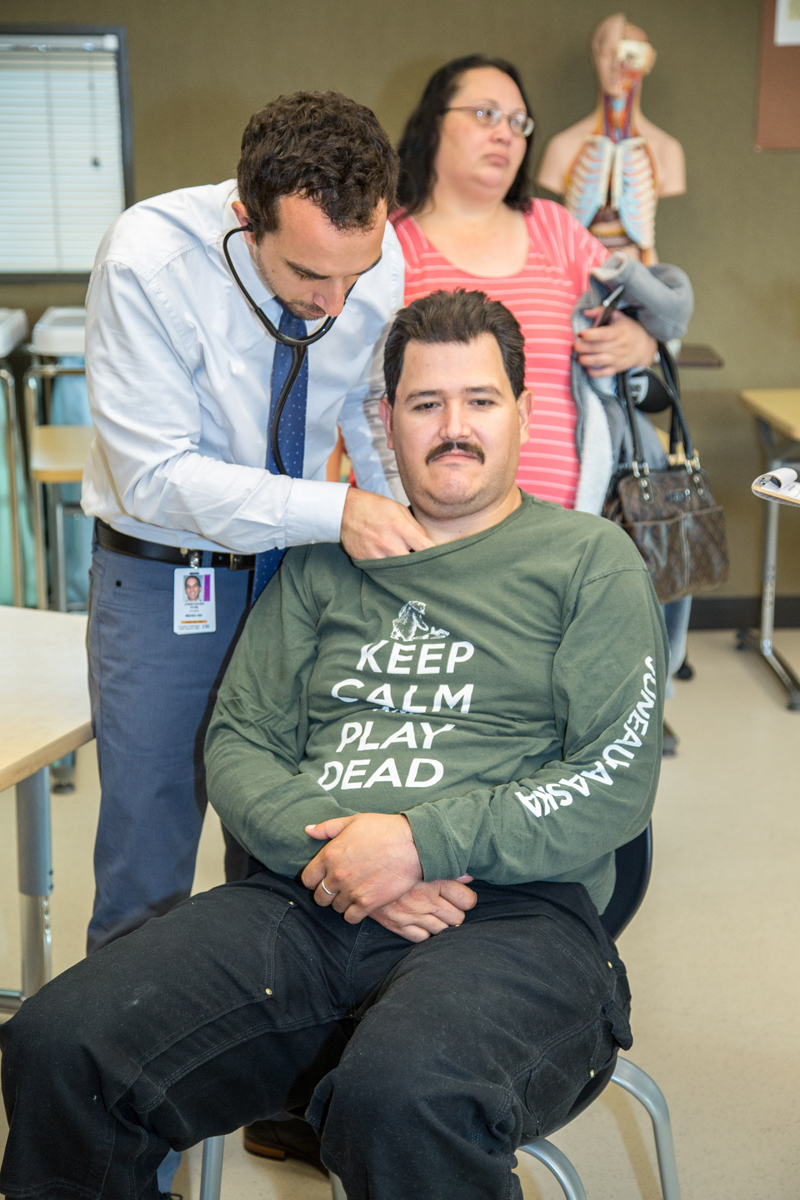
Once cleared of any conditions that might result in complications, the patients are moved next door to the dental facilities of Skagit Valley College’s Dental Assisting Bridge Program. Here, Dr. Gandara and other volunteer dentists work with UW Dental School students to treat the patients. Four permanent dental stations are available, with a portable x-ray station nearby. Procedures range from tooth restorations to application of fluoride varnishes.
In the same area, volunteers from Americorps take on the role of patient education, instructing in preventive oral care—brushing and flossing. For more complicated procedures including surgical extractions, patients are moved outside to a mobile dental bus owned and operated by Medical Teams International.
All of these elements are working in concert to fill an unmet healthcare need in this largely rural community. “There’s so much need out there,” says Dr. Gandara. “Sometimes it feels like, oh my, this is like a drop in the bucket.”
Eduardo Garza, PA-C is a part-time faculty lecturer for MEDEX Northwest, and has assumed a leadership role in this project. This is the second year that MEDEX physician assistant students have participated in the Mount Vernon dental clinic. “There were efforts to start before that, with a lot of the pre-work in interprofessional relations with Dr. Linda Vorvick and various other faculty at MEDEX,” Eduardo tells us. “But it really came to fruition through the hard work of D.J. Smith, who’s also a part time faculty here at MEDEX. He was actually able to organize our PA students and make this happen with the School of Dentistry.”
Training students to deliver medical care to the underserved is core to the MEDEX mission. But here in Mount Vernon we have something equally important going on: interprofessional education. Garza explains.
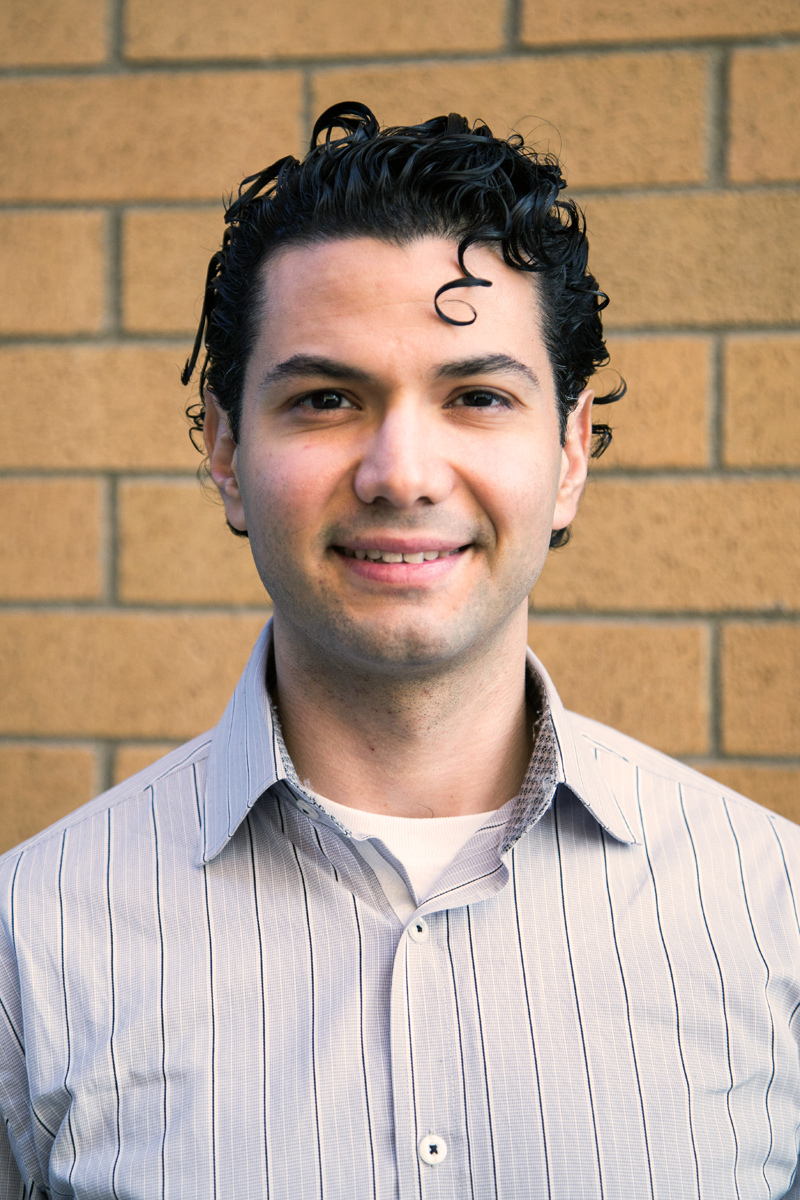
“It’s been a phenomenal opportunity to have these two different medical professionals—dental and physician assistant—working together on the same case. We’re seeing the same patient side-by-side—doing a health history, doing the physical, checking the mouth, checking the ears. The MEDEX PA students have a wonderful time learning about dentistry, learning about the importance of it, which is under-appreciated in medicine.”
Normally operating in silos, these two professions have much to gain from working in tandem, and all parties present know this. “It’s a chance to have the patient actually come out with more care that not only addresses what’s going on in their mouth, but conditions which may be tied to diabetes and other medical pathologies,” says Dr. Gandara.
No one knows this better than Jennifer Shaw, the Executive Director of Safe Harbor Free Clinic in neighboring Stanwood, WA.
“My dad, he had a tooth abscess,” she tells us. After two or three days, his toothache developed into a headache. “He wasn’t feeling well. No one was really sure what was going on. He just knew his tooth was bothering him. He had issues with his teeth most of his life. Otherwise, he’s a healthy individual.” Jennifer’s father ended up going to the hospital because of the bad headache and tooth pain. “His tooth abscess actually went into his brain. My dad almost died.”
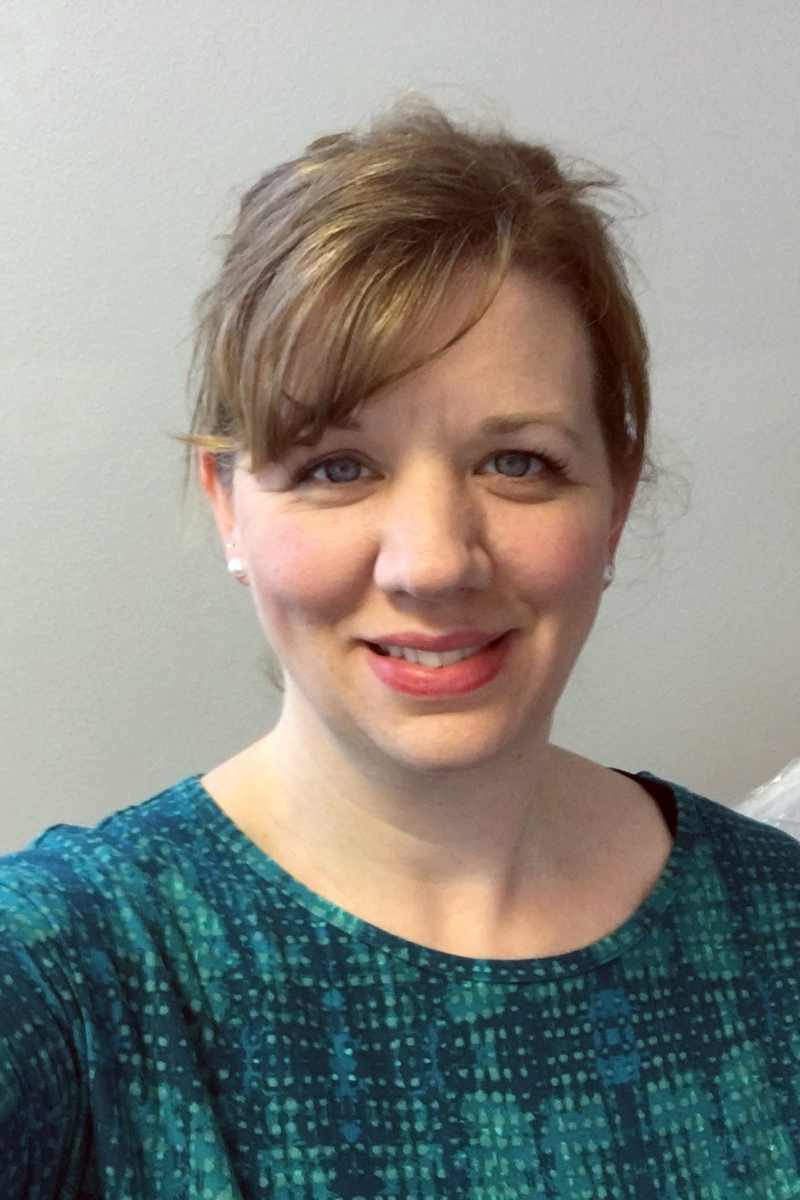
Jennifer’s father spent several months in the hospital with a Hickman line delivering antibiotics directly into his heart. “He was without work for months and months, just recovering,” she says.
This experience has made Jennifer a strong advocate for oral health services at Safe Harbor. “Dental care is imperative to the overall health of a person,” she says emphatically. “I feel like dental care is often forgotten or considered to be separate from the overall health of an individual. And really, it should be inclusive to that patient.”
Eduardo Garza, PA-C, agrees.
“At the risk of sounding controversial, I think that dental care should be treated the way medical care is,” says Eduardo. “There should be a baseline option, and there should be some kind of public program to support the people that can’t afford dental insurance. There’s enough evidence out there that, if we look at the amount of emergency room visits, and the amount of primary care visits related to dental problems that have gone to the extreme, we see significant costs, both financial and human. I think that it is a poor choice of society that we consider dental care a luxury, as a consumer good, and not a necessity.”
As a physician assistant, one of the basic questions Eduardo asks when performing physicals is, “’How often do you go see a dentist in a year?’ There’s a huge role for primary care to assess the status of a patient’s dental issues or dental maintenance. This does trickle down and cascade into other medical problems very quickly.”
More and more there are some primary care providers that do fluoride varnishes and simple procedures. “But the important piece is for us as PAs to make sure that we are educating patients about dental needs and preventive maintenance,” adds Eduardo. “We take brushing and flossing for granted as daily habits, but there’s a large portion of the population that thinks once a day or once every three days is okay. And that’s just too long to go.”
Safe Harbor Free Clinic operates Mondays, Wednesday and Fridays from 6 pm to 9 pm under the efforts of volunteer medical practitioners. These are the same providers that are working at Providence or Skagit or Cascade Valley Hospital, offering their services free of charge solely based on their desire to serve.
The need is great. Safe Harbor serves the tri-county area of Snohomish, Island and Skagit Counties—roughly 4,600 square miles. Much of the service area is agricultural, and at least 40% of their patient population is migrant workers.
Those patients come to Safe Harbor because they are denied or they do not have access to healthcare. Jennifer Shaw is clear about the directives for Safe Harbor. “Our goal is to offer them healthcare either for an extended period of time, or in the process of their care, we try to hook them up with Apple Health Care or other insurance providers that will be able to meet their needs.”
“This is a really complex issue because so many of our patients are undocumented workers. Due to the presidential election, we’re not really sure going forward what the future will look like for some of these patients. So we will continue to serve them until either they receive insurance or they no longer need our services.”
Safe Harbor does not receive any kind of federal funding, but is supported by various donor groups including the M.J. Murdock Charitable Trust and the Quil Ceda Village Council, part of the Tulalip Tribes. They operate very minimally with one full-time paid staff person, and four part-time paid staff.
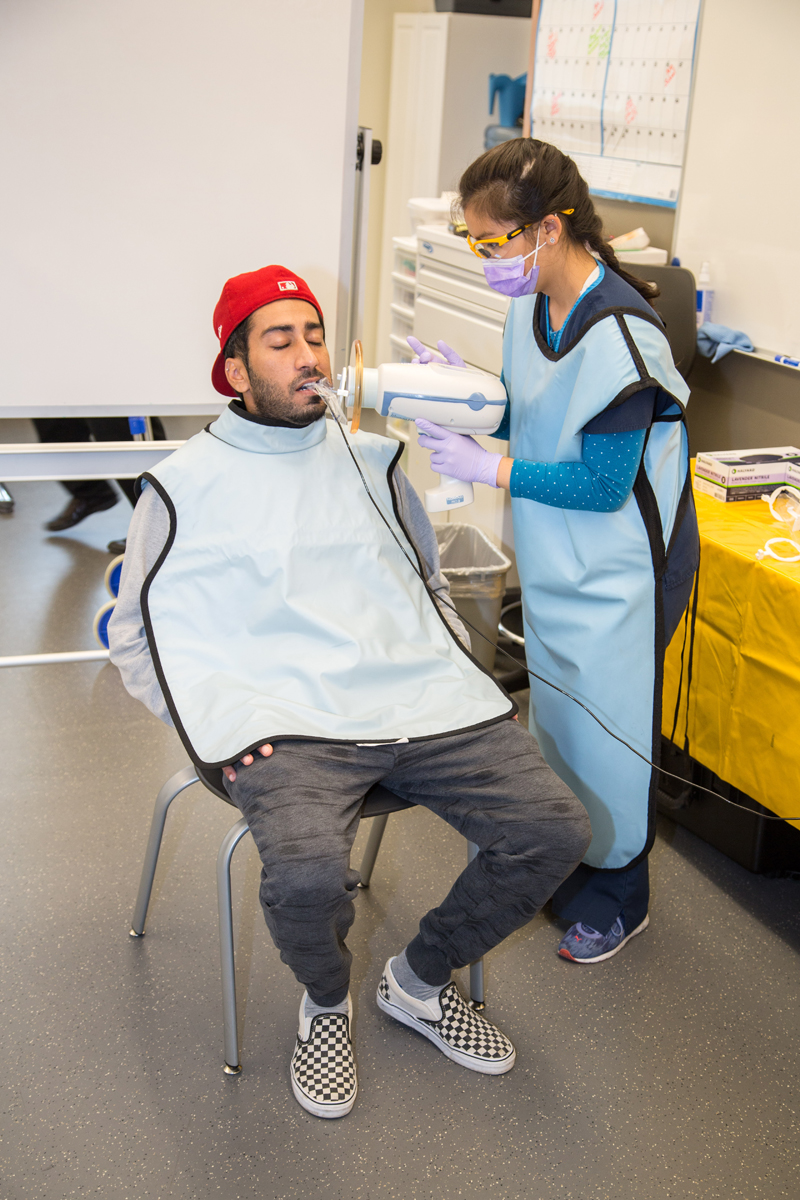
The free dental program began in 2011 when Safe Harbor leadership pursued relationships with Medical Teams International and Northwest Career and Technical Academy at Skagit Valley College. Dentists in the community, dental assistants and instructors at the school were recruited as volunteers. In 2014 Safe Harbor partnered with the UW School of Dentistry and Dr. Bea Gandara. A faculty member in the Department of Oral Medicine at the UW School of Dentistry, Dr. Gandara holds the title of Clinical Associate Professor and is Director of the Office of Educational Partnerships and Diversity.
“This partnership was a huge help, allowing us to see more patients during our one-day-a-month clinic,” says Julie Vess, Executive Director for Safe Harbor at that time. “It also took away the difficulty of recruiting volunteer dentists.”
Last year, the Saturday dental clinic added the MEDEX Physicians Assistants who assess patients prior to dental treatment for medical ailments. “This information comes back to Safe Harbor clinic, and the clinic follows up with the patients to make sure they are receiving care for those ailments,” Julie adds. “This has been an amazing program, and has helped so many people receive much needed dental care.”
There’s a good reason Bea Gandara occupies the role of Director of Educational Partnerships and Diversity at UW School of Dentistry. “Helping others achieve oral health who have lack of access was part of my training as University of Southern California School of Dentistry,” she tells us. Back then, Bea was a volunteer dental student for the USC Mobile Clinic. “It was a new thing. We would go up and down the San Joaquin Valley, treating migrant farm worker kids. I just really enjoyed that part of dental school a lot. I really liked the outreach component.”
The Mount Vernon dental clinic isn’t the only community outreach program that engages Bea and students from the UW School of Dentistry. There are community partnerships with the Union Gospel Mission, Mary’s Place, Casa Latina, the Husky Smiles program for children, and more. Through it all, Bea hopes to instill a volunteer spirit in the students that sticks even beyond their training years. “I always thought it was a very joyful thing that I did in dental school,” she says. “So we try to make this fun.”
“This entire project revolves around the School of Dentistry,” adds Eduardo Garza. “I give them full credit for spearheading this project and making it happen for all the underserved dental patients out there in that community.”
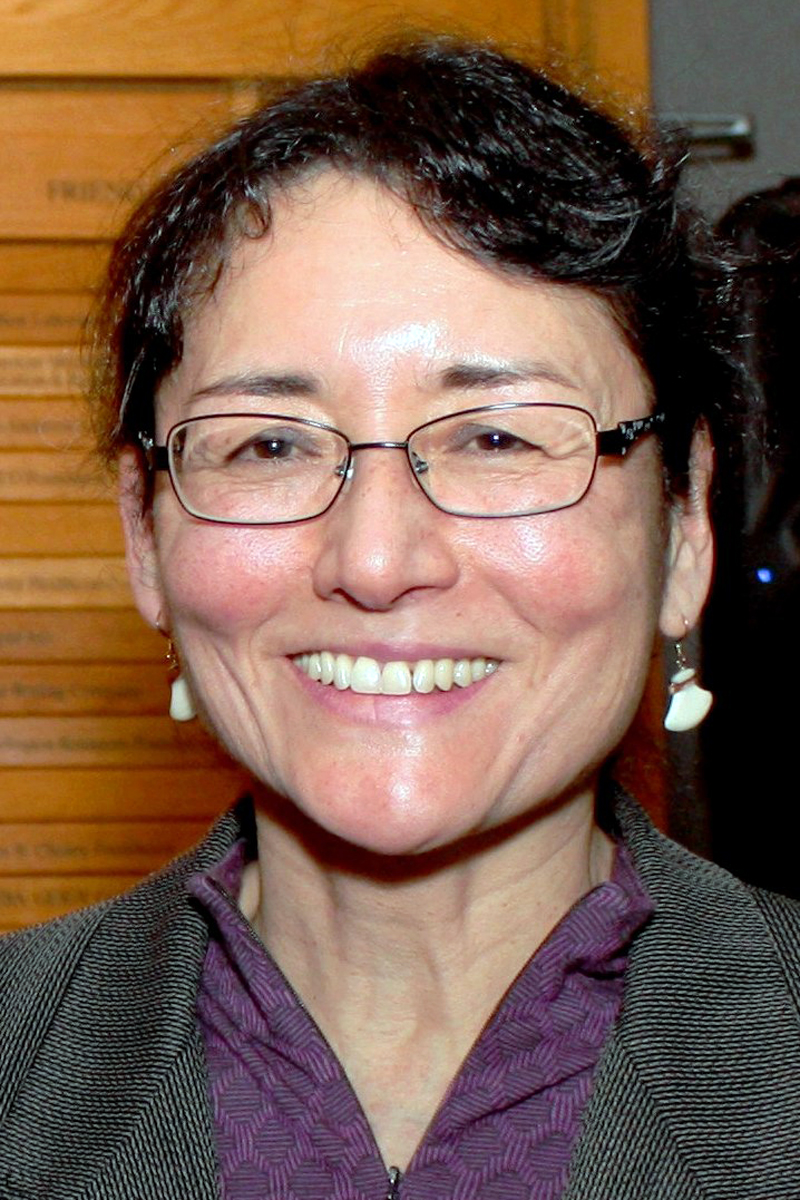
For the MEDEX physician assistant student volunteers, the Mount Vernon opportunity is about real medicine with real people. In the didactic classroom they’re gaining experience practicing physical exams with actors and amongst themselves. “But here they look at many different ears and see the variances,” explains Eduardo. “Which is really where the nuance and the second sense of medicine comes in, being able to see many things and know, ‘Oh, that looks significantly different.’ They’re also able to establish that initial medical relationship with patients from a community, and are learning how to enter the community as a provider—just kind of talk to people and bring them into the fold.”
Eduardo and MEDEX Northwest are all onboard for breaking down the barriers between medical professions.
“I think it is essential for a PA to work alongside dentists and to understand their needs,” he says. “Interprofessional communication is an essential component of what we do, especially from a primary care perspective. My goal is that this exposes our students to the needs of these underserved communities while uncovering the importance of communicating with other professionals outside of our own.”
Dr. Gandara concurs. “More and more, health professions are saying, ‘Yes, we need to work together.’ So the climate is changing. It’s less about, ‘Oh, go to the dentist. That’s your area.’ Now everybody is reaching out towards one other, learning. That makes things a bit easier for everyone, especially the patients.”
